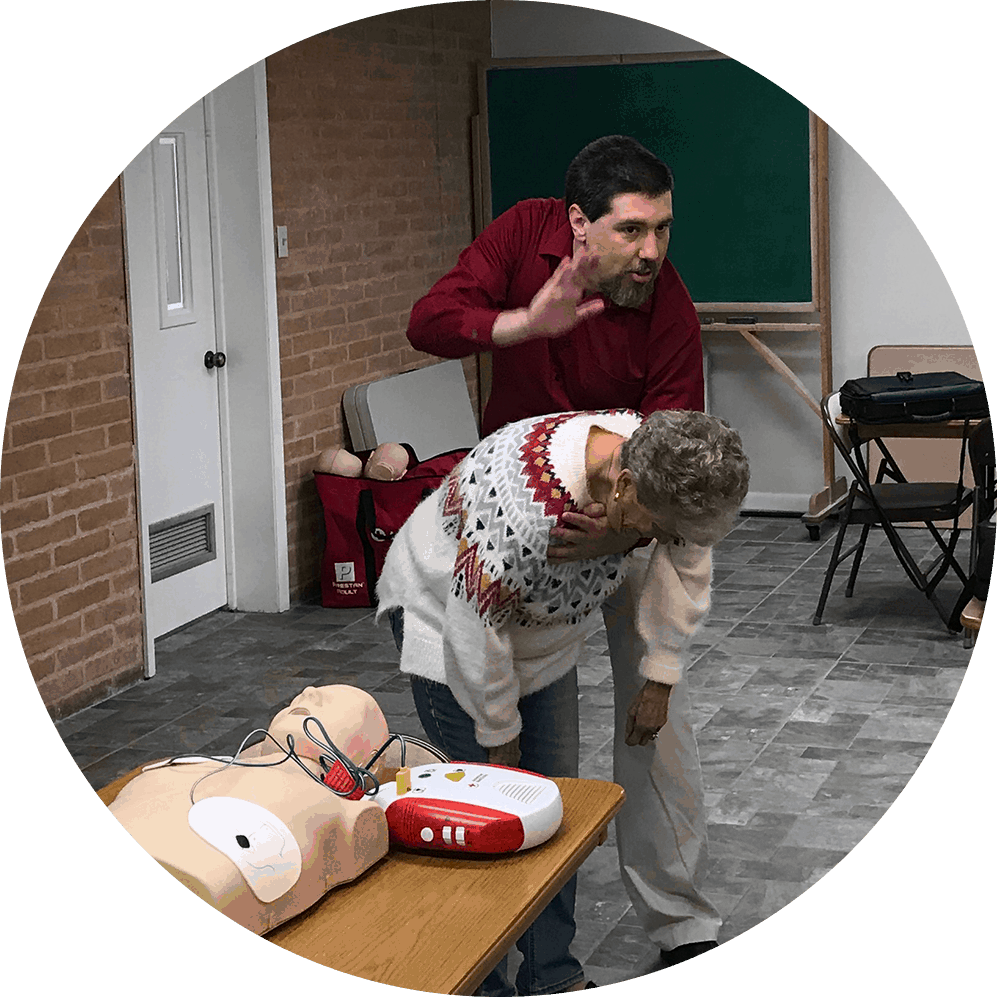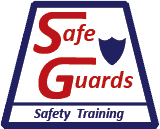Basic Life Support focuses on training for professional rescuers and healthcare providers. Available both for in-person training as well as online/classroom hybrid training. English & Spanish available.
American Red Cross
Basic Life Support (BLS) Training
2-Year Certification Issued After Successful Course Completion
3 Easy Steps To Get Your Red Cross Basic Life Support Certification
- Register For Your Class
- Complete Your Course
- Receive Your 2 year Certification Certificate


American Red Cross
Basic Life Support (BLS) Training
Lifesaving skills with a focus on training for healthcare providers and professional rescuers. Available both for in-person training as well as online/classroom hybrid training.
Minimum Students: 3
Maximum Class Size: 9 students
Certification: 2-Year Certification Issued After Successful Course Completion
Cost: $95 per student
Basic Life Support Course Overview
In order to complete the course, students must be in attendance from start to finish and demonstrate the ability to perform lifesaving techniques in a simulated environment both alone and as part of a team. There is a mandatory written test, which must be passed with a score of 80% or better. Course completion provides a certification card good for 2 years.
Topics Covered In This Class
- Foundational Concepts – In order to effectively prepare for the course format, students will begin with an introduction on effective response competencies, such as critical-thinking, communication skills, and teamwork.
- Systematic Assessment – Students will learn techniques to assess, recognize, and care for cardiac emergencies in adults and their role within the Cardiac Chain of Survival.
- Basic Life Support for Adults – Putting knowledge into action, students will work in teams to simulate providing high-quality CPR and practice the use of an AED on an adult patient.
- Basic Life Support for Children and Infants – In this section, the differences between adult and pediatric patients will be detailed, and students will once again have a chance to practice effective delivery of lifesaving techniques.
- Obstructed Airway – This section will provide knowledge and practice for dealing with choking and similar obstructed in a both adult and pediatric patients, both who are conscious or unconscious.
- Opioid Overdose – The final segment of the class covers recognizing signs and symptoms of an opioid overdose, the principles of administering narloxene, and how to care for a patient who goes into respiratory or cardiac arrest as the result of an opioid overdose.
